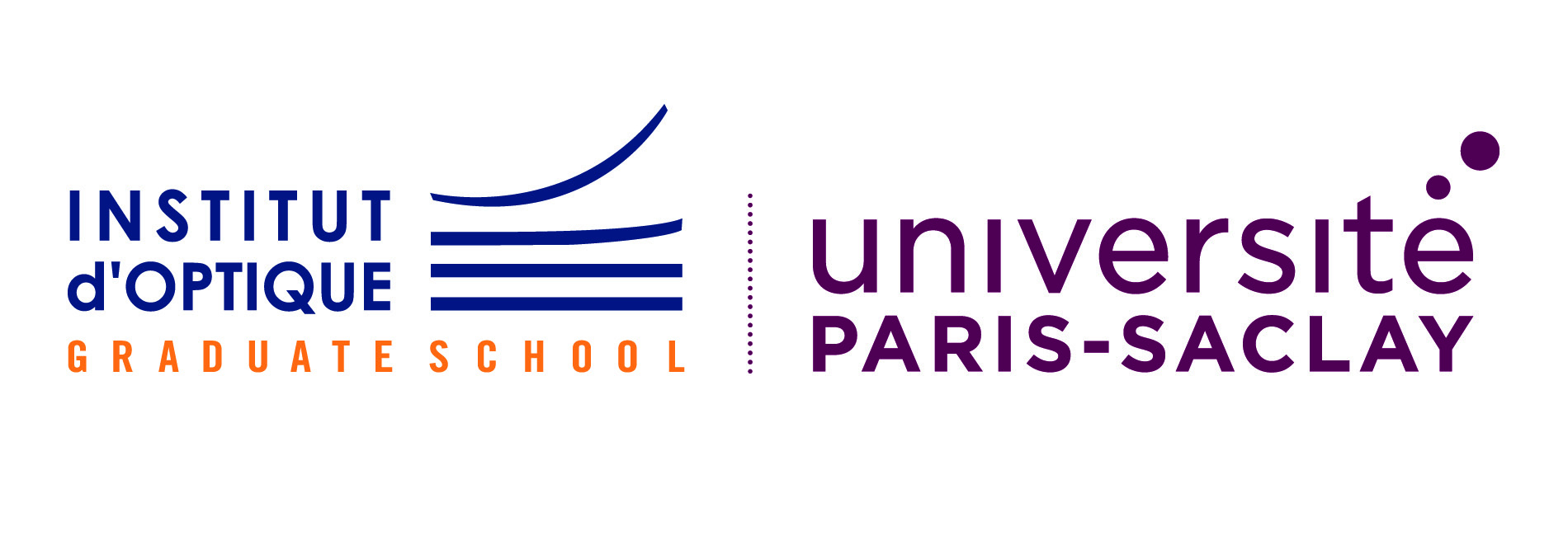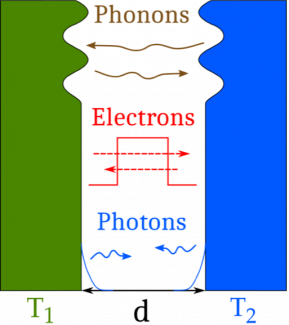Two solid bodies at different temperatures and separated by vacuum exchange heat in the form of thermal photons. This exchange is limited in the far field by Stefan-Boltzmann’s law. In the near field (when the distance between them is smaller than the thermal wavelength), the flux can overcome this limit by several orders of magnitude due to tunneling of photons, in particular when the materials involved support surface resonant modes of the electromagnetic field. This scenario changes dramatically in the extreme near field (in the nanometer and sub-nanometer range of distance), where phonons and electrons are expected to give a significant contribution to the energy exchange. Moreover, the description of radiative heat transfer has to be modified in this regime, in order to correctly account for the non-local response of the materials involved. Apart from its fundamental interest, this topic deserves indeed to be explored both inspired by the ongoing miniaturization of technological devices and by recent experiments having obtained contradictory results in this regime of distances.
The purpose of the ANR project NearHeat, a collaboration between Laboratoire Charles Fabry (Palaiseau, France) and Institut Lumière Matière (Lyon, France) is to develop a general theory to describe the relative role of photons, phonons and electrons in energy exchanges at this scale. Exploiting these results, we intend to explore new solutions for breakthrough power-source technologies in the areas of thermoelectric (TE) and thermophotovoltaic (TPV) energy conversion devices, as well as innovative more efficient cooling schemes.

